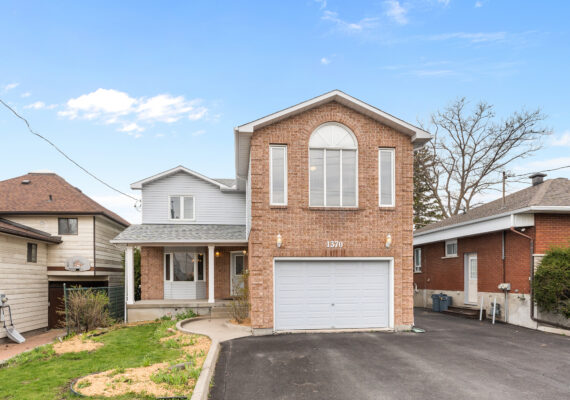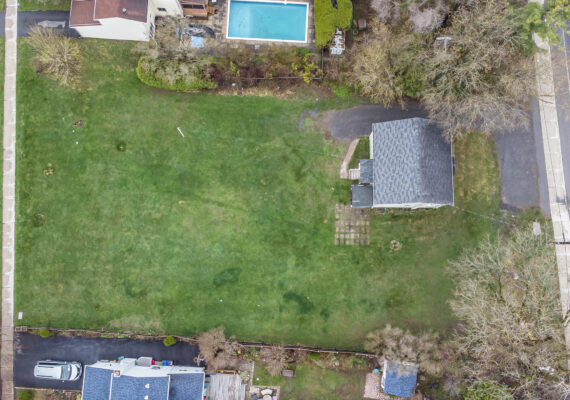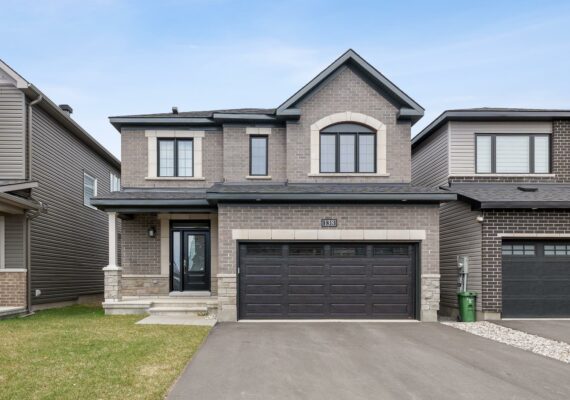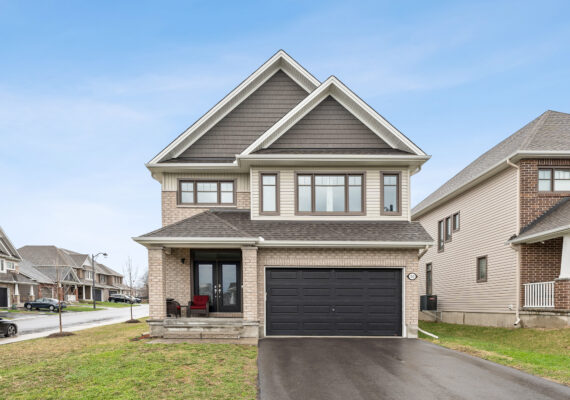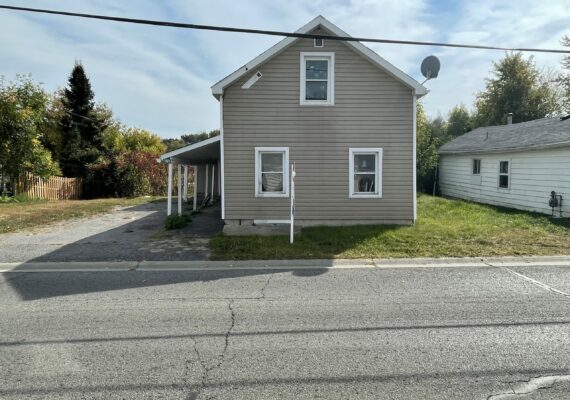/cdn.vox-cdn.com/uploads/chorus_asset/file/19490679/warm_house.jpeg)
You’ve just bought a new house, which is incredibly exciting, but also a big financial investment! Making changes to improve your home’s energy efficiency right away can give you a better return on that investment. Heat loss in your home, especially during winter, can quickly rack up expenses. There are many home upgrades, both big and small, that can help prevent it.
Here are 10 ways to prevent heat loss at home:
1. Check Your Attic Insulation
Even if your entire house is properly insulated and sealed, a poorly insulated attic will sap all that heat. This will then mean your furnace has to work even harder, which will raise expenses all around. It’s worth giving your attic insulation a check-up to make sure it is keeping the warm air in the house. Bad insulation and ventilation can also cause other problems like attic rain or ice dams.
2. Insulated Garage Door
If your garage is attached to the house, any heat loss and cold air cycling around your garage will also seep into your home and affect its efficiency. Much like your home’s exterior doors, your garage door is a quick way to lose heat. An insulated garage door with a high R-value will help make your garage highly energy efficient. And, as a result, it will keep your home energy efficient as well.
3. Upgrade Your Windows
Windows that aren’t energy-efficient can quickly cause a lot of heat loss. In fact, inefficient windows are the number one culprit for energy loss in a home. It’s a worthwhile investment when it comes to window replacement costs, especially to get energy-efficient ones. Otherwise, you can invest in efficiency upgrades for your current windows. New frames or a window film are easy upgrades to keep the cold out.
4. Hang Heavyweight Curtains
Even if you don’t want curtains during the summer, it’s worth it to hang curtains during the winter. Once you’ve warmed up a room, you don’t want to lose that warmth. Thick curtains that fit snugly against the window will help trap heat by creating a seal against the window.
5. Seal Doors
Your doors are another easy way for heat to escape from your home, even when they are shut tight. If you have a screen door in front of your door, replace it with a storm door. This will act as a second layer of insulation, which will help keep the heat in. Another trick is to apply weather-stripping around any exterior doors. Air leaks mean energy loss, so sealing up any leaks will help prevent that.
6. Add Coverings Over Floorboards
Unless you have heated floors, it could feel chilly to walk around barefoot on your hard surface floors. The easiest way to deal with this is to lay down rugs to cover them up. This will both help trap heat in the floors, but also add some plush and warmth for you to walk on.
7. Get a Chimney Damper
If you have a fireplace in your home, it’s important to have a damper inside it. Chimney dampers act as seals when the fireplace is not being used and prevent unwanted heat loss. An open chimney invites cold air to come into your home, especially when there is no fire. Just remember to open your damper when you build a fire!
8. Close Doors and Vents in Unused Rooms
If you’re mostly spending time in only certain rooms during the day, close the doors to those other rooms. Instead of trying to warm your entire home, leave the heating to the rooms you are in. Since heat will naturally migrate towards cold spaces, leaving doors closed will help keep the heat where you want. Also, close any vents in unused rooms to avoid needlessly heating the room. This way you can both prevent heat loss and save a little more on energy bills.
9. Drywall as an Air Barrier
Air barriers refer to materials that have been designed to control the airflow in your home. Specifically, they separate the flow of indoor air and outdoor air, which plays a role in heat loss. Drywall is one such material that can act as an air barrier when it is properly installed and sealed. Maintaining your drywall and keeping up with repairs is important to help keep its air barrier efficient.
10. Insulate Outlets and Light Switches
It may sound surprising, but your outlets and switches can result in a lot of heat loss in older homes. Small air gaps can build up where much heat is lost, especially when you aren’t aware of the leak and when the outlet is on an outside wall. Caulk or install foam gaskets on your switches to seal those gaps and keep the heat in.
Pilon Real Estate Group Featured Listings: Click here!
We Keep You Covered When You Buy a Home With Our 12 Month Buyer Protection Plan!
Details at: www.HomeBuyerProtectionPlan.ca
Free Home Search With Proprietary MLS Access – New Listings – Faster Updates And More Accurate Data!
Find Homes Now: www.FindOttawaHomesForSale.com
Find Out How We Get Our Sellers More: Click here!
RE/MAX Hallmark Pilon Group Realty
www.PilonGroup.com
Email: Info@PilonGroup.com
Direct: 613.909.8100


